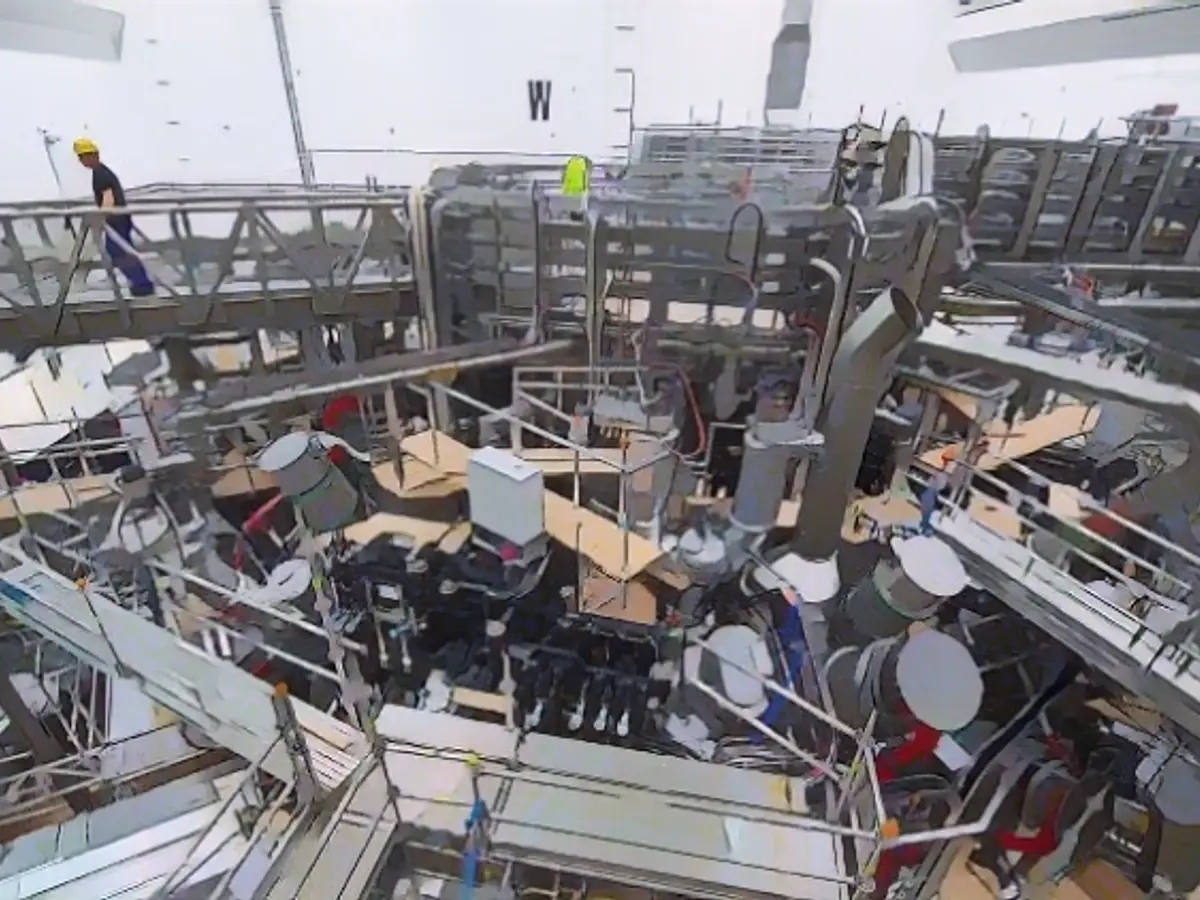Are We Entering a Fusion Fueled Era?
The world of science is buzzing with excitement as billions of dollars are poured into nuclear fusion research. One of the most notable projects is the "Wendelstein 7-X" experiment near Greifswald, which recently made significant strides in plasma containment. Politicians and experts alike are beginning to take fusion more seriously, but is it time to bet big on this seemingly futuristic energy source?
Fusion Power: The Energy of the Future or a Pipe Dream?
When we talk about nuclear fusion, we're discussing harnessing the same energy that powers the sun. The process involves fusing atomic nuclei at extreme temperatures, which, in theory, can generate almost inexhaustible amounts of energy in a climate-neutral manner. Though researchers have been chasing this dream for decades, they've yet to overcome the myriad technical challenges. "Artificially creating a star on Earth, keeping it alive, and milking it for energy" is no easy feat, says Markus Roth from the Technical University of Darmstadt.
A Step Closer: Recent Breakthroughs in Fusion Research
Recently, US researchers managed to generate more energy via fusion than they invested in it using lasers. While this sounds like a significant milestone, it's important to note that this only considered the energy balance of the plasma and not the overall energy balance, which is crucial for generating electricity on a large scale. Germany's Federal Research Ministry has announced investments of more than one billion euros over the next five years to support fusion research. Private companies and start-ups are also increasing their involvement in this field, aiming to make fusion a viable energy source.
The Challenges Ahead
Building upon the recent advancements, developing prototypes, and commercializing fusion power plants is a daunting task. Gauss Fusion, one of the few fusion companies coming from industry, aims to build a power plant in Europe by the early 2040s, with an estimated cost of 20 billion euros. Energy experts like Claudia Kemfert at the German Institute for Economic Research criticize the promise of quick, massive energy output from fusion as more "wishful thinking than reality."
The Role of Government and Private Investment
While the challenges are significant, the potential benefits of harnessing nuclear fusion as a clean, sustainable energy source are undeniable. To overcome these hurdles, it requires both financial and technological support from governments and private investors. Integrating fusion technology into the overall energy mix could help address the worldwide energy shortages and contribute to the removal of greenhouse gases from the atmosphere.
The Future of Nuclear Fusion: A Matter of Time, Money, and Innovation
As Thomas Klinger, the Director of the Max Planck Institute for Plasma Physics, states, the primary obstacles facing fusion power are technological rather than physical in nature. With the right amount of funding, investment, and collaboration, the first fusion power plants may be operational within the span of several decades.
While the jury is still out on whether nuclear fusion will indeed become the "golden age" of energy production, many experts remain optimistic, assessing the potential both as an energy source and as a means of achieving energy independence. The future of fusion research will depend heavily on continued investment, innovative thinking, and a collaborative global approach.
References
[1] Scientific American. (2021).
[2] Greenpeace. (2020).
[3] IPWEA. (2021).
[4] SPRIND (2021).
[5] Chinese Academy of Sciences (2021).








